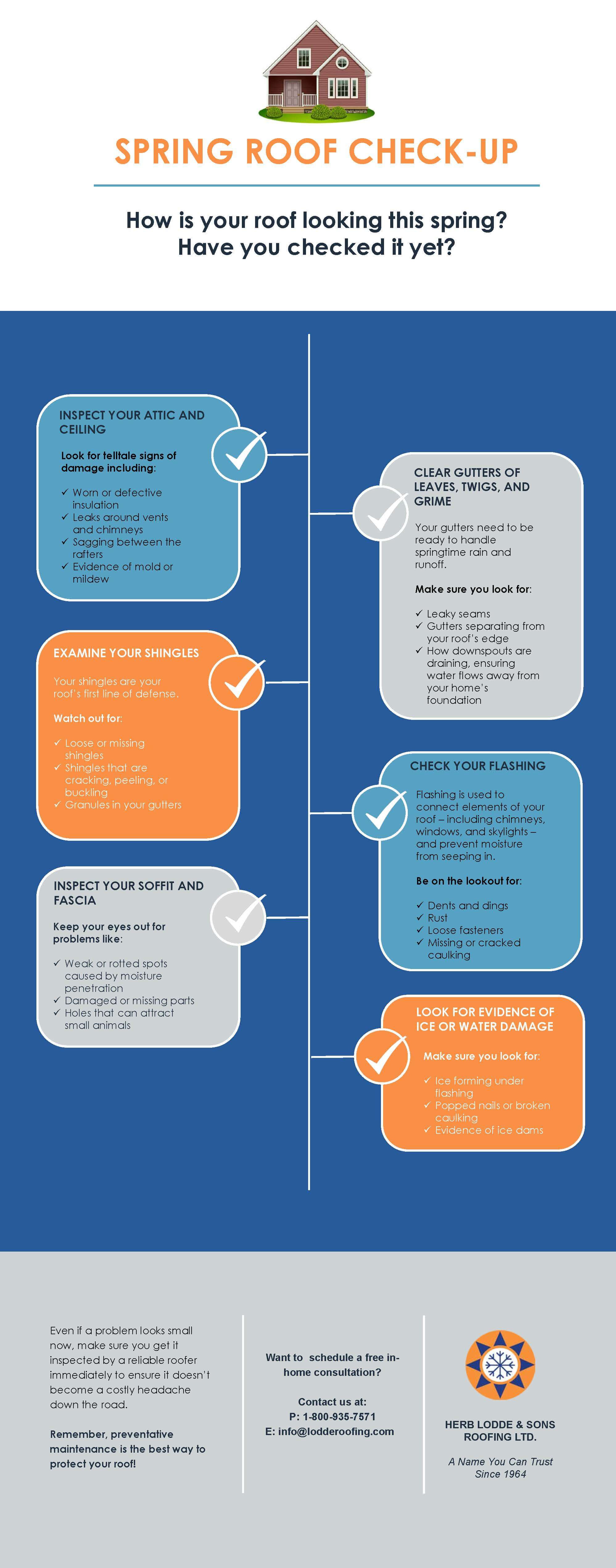Understanding Solar Panel Technology And How It Functions: A Newbie'S
Understanding Solar Panel Technology And How It Functions: A Newbie'S
Blog Article
Material Writer-Noonan Erickson
So, you've become aware of solar panels and their potential to produce electrical energy from sunlight, but how precisely do they work? Comprehending the intricate innovation behind solar panels can be an interesting trip into the world of renewable energy. From the standard principles of solar batteries to the complex elements that make up a photovoltaic panel system, there's a whole world of understanding waiting to be checked out. Allow's unwind the enigmas of photovoltaic panel technology with each other.
Solar Panel Innovation Principles
To absolutely realize the essence of photovoltaic panel modern technology, you must delve into the basic principles that underpin its performance. Photovoltaic panel contain solar batteries, commonly made from silicon, which have the exceptional capacity to transform sunlight into electrical power via the photovoltaic impact. When sunshine strikes the cells, the photons in the light interact with the silicon atoms, causing the electrons to damage devoid of their atomic bonds. This develops an electrical current that can then be used for powering different devices.
The vital part of photovoltaic panels is the semiconductors within the solar batteries, which help with the conversion of sunshine right into usable electrical energy. These semiconductors have both favorable and negative layers, creating an electric field that enables the circulation of electrons.
This circulation of electrons, when connected in a circuit, creates straight existing (DC) power. Understanding these standard principles is vital for appreciating exactly how solar panels can harness the sun's energy to power homes, companies, and also satellites in space.
How Solar Panels Generate Electrical Power
Solar panels harness the sunlight's power by converting sunshine right into power with a process known as the photovoltaic result. When sunlight strikes the solar panels, the photons (light bits) are taken in by the semiconducting products within the panels, normally made of silicon. This absorption creates an electric existing as the photons knock electrons loosened from the atoms within the product.
https://www.marketwatch.com/picks/guides/home-improvement/best-solar-companies-california/ within the solar batteries then force these electrons to flow in a particular direction, creating a straight existing (DC) of electrical power. This direct current is after that passed through an inverter, which converts it right into alternating current (AC) electrical energy that can be utilized to power your home or service.
Excess electricity generated by the solar panels can be saved in batteries for later usage or fed back right into the grid for credit through a process called internet metering. Comprehending how solar panels produce electricity is critical to valuing the ecological and cost-saving advantages of solar power systems.
Comprehending Photovoltaic Panel Parts
One vital aspect of solar panel technology is understanding the different components that compose a solar panel system.
The vital elements of a photovoltaic panel system consist of the photovoltaic panels themselves, which are composed of solar batteries that convert sunlight into electricity. These panels are installed on a framework, usually a roof, to catch sunshine.
In off grid solar energy systems to the panels, there are inverters that transform the direct existing (DC) power generated by the panels into alternating existing (AIR CONDITIONER) electrical energy that can be utilized in homes or companies.
The system also consists of racking to support and position the photovoltaic panels for optimum sunlight direct exposure. In addition, cords and ports are vital for delivering the electrical energy created by the panels to the electric system of a structure.
Finally, a monitoring system may be included to track the performance of the photovoltaic panel system and ensure it's operating efficiently. Recognizing these elements is crucial for any individual looking to set up or utilize solar panel technology effectively.
Conclusion
Now that you understand the fundamentals of solar panel innovation and exactly how it works, you can value the power of taking advantage of sunlight to generate clean and renewable energy for your building. By using the solar impact and components like inverters and checking systems, you can contribute to a more sustainable future while additionally potentially reducing power expenses. Maintain discovering and exploring the opportunities of solar power for a greener tomorrow.
